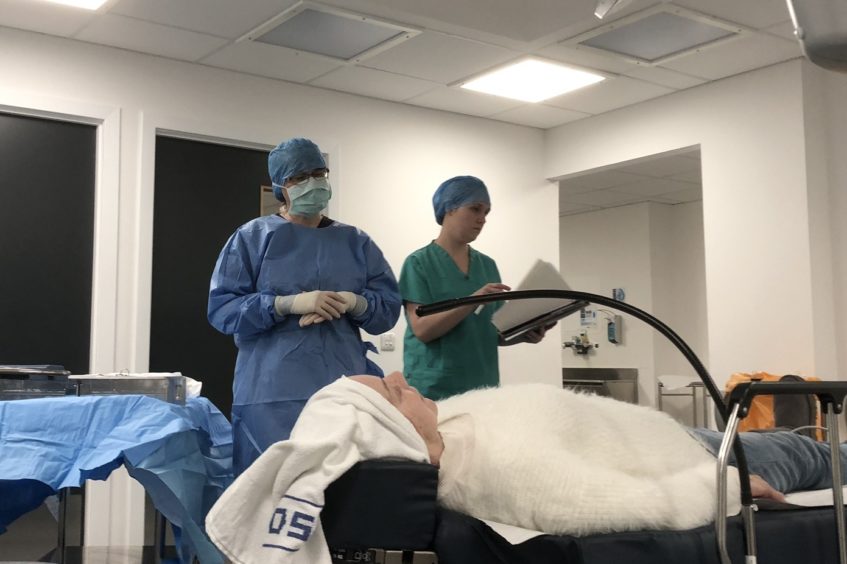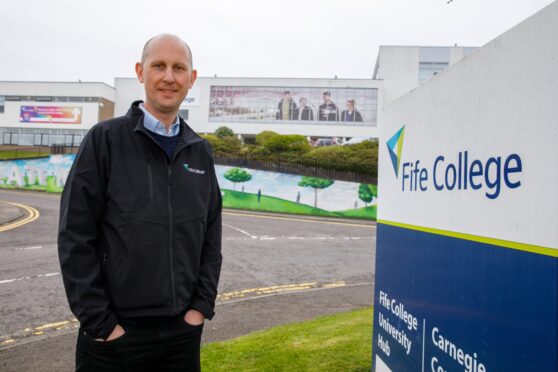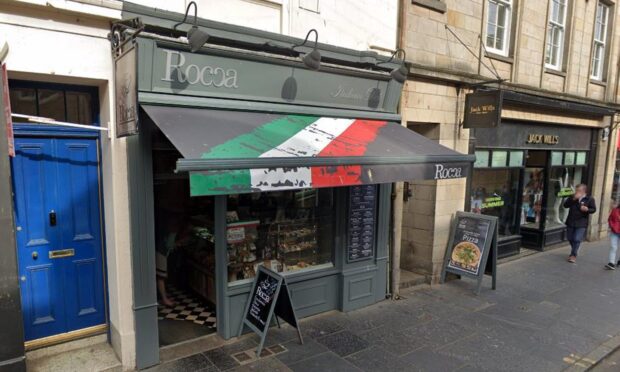A pioneering new side by side surgery system is cutting waiting times for Fife cataract patients.
NHS Fife has spent more than £560,000 on developing twin ophthalmology theatres at Queen Margaret Hospital. in Dunfermline.
The idea for the so-called Jack and Jill arrangement came about in response to the growing demand for cataract surgery.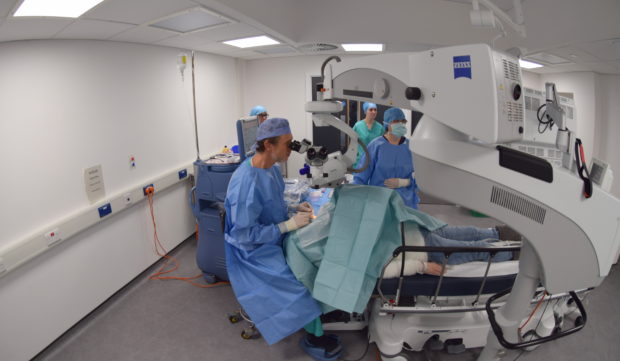
Around 3,000 cataract procedures are carried out each year in Fife and the figure is expected to rise to 3,500 by 2022/23.
Until recently Fife had only one cataract theatre and bosses were having to put on weekend services to try to keep up with demand.
Some patients were also having to Glasgow for out-patient appointments and treatment.
The decision to increase capacity means nursing staff can prepare a patient for their treatment in one theatre, while a surgeon operates in the one next door.
The set-up enables a single surgeon to work simultaneously across the two adjoining theatres.
The Jack and Jill model is already used successfully in other parts of the UK and the new arrangement should allow for another 500 cases per year.
There is also scope to increase the provision as demand grows.
Health bosses hope the move will help to reduce waiting times and ensure all patients in Fife who need cataract surgery can have the procedure carried out locally.
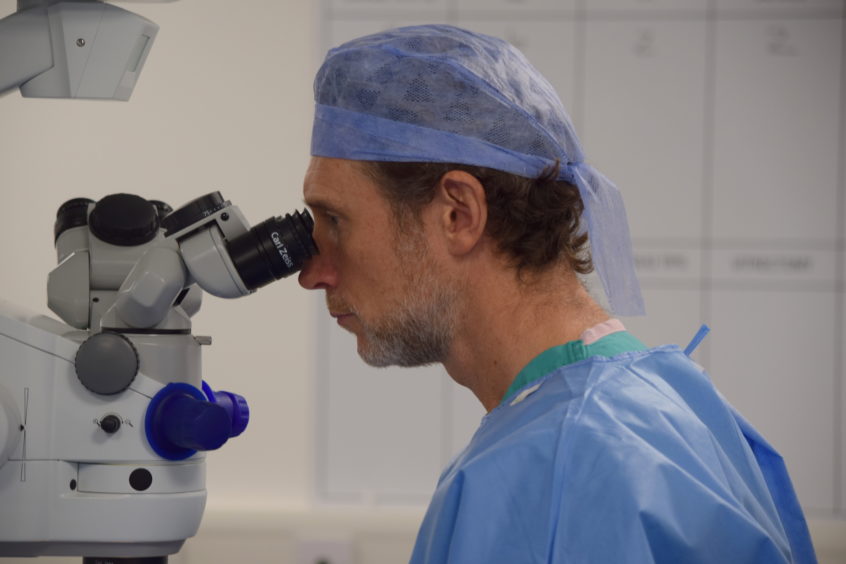
There might also be potential for helping neighbouring health boards to reduce their waiting times.
Consultant ophthalmologist Dr Shona Sutherland said: “Fife’s ophthalmology service has long prided itself on offering a cataract service that is second to none.
“Despite year on year improvements in the efficiency of the service, the demand over recent years has meant that we could not treat all patients requiring cataract procedures locally, or offer the level of flexibility for patients that we once did.
“It was crucial that we found a more sustainable means of providing cataract surgery for the population of Fife and the changes we have made enable us to do exactly that.”
NHS Fife chief executive Paul Hawkins said: “The addition of our new Jack and Jill theatre will enable our ophthalmology service to meet this demand, and to continue to do so by creating a more sustainable model of care.
“Most importantly, patients are the ultimate beneficiaries of the changes made to service,” he added.
